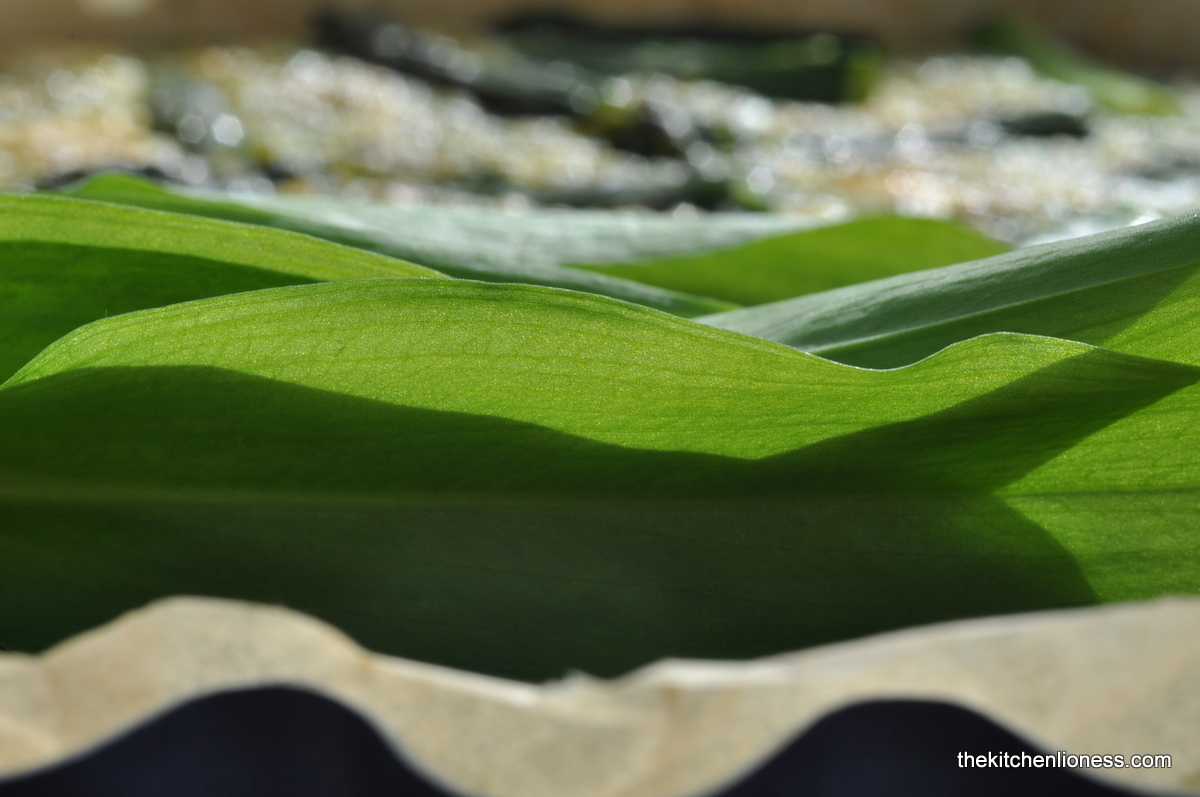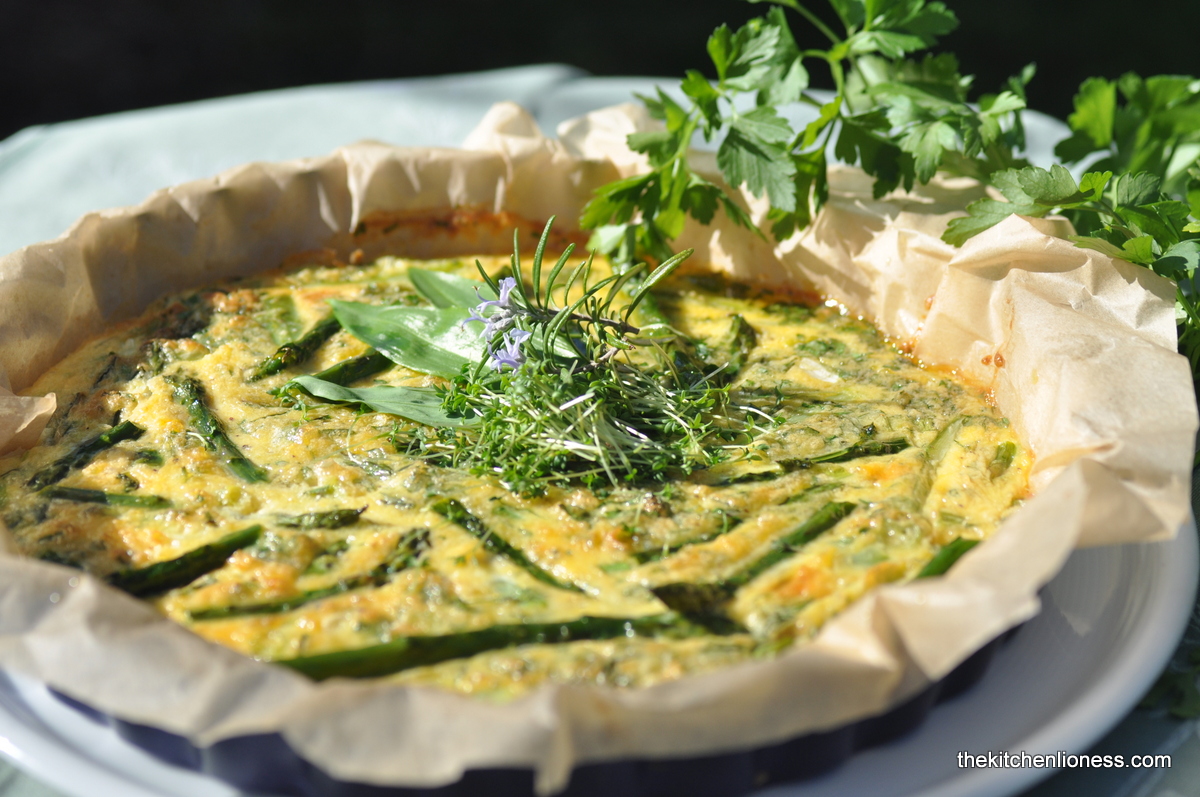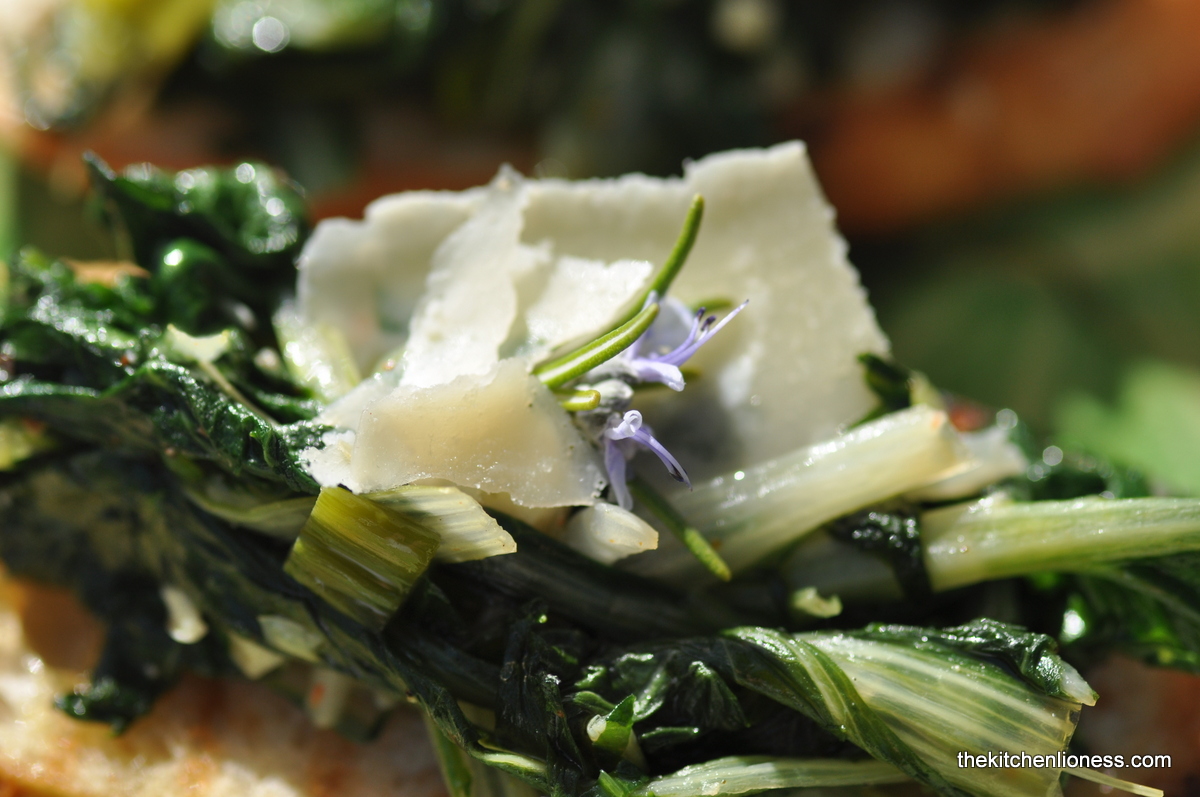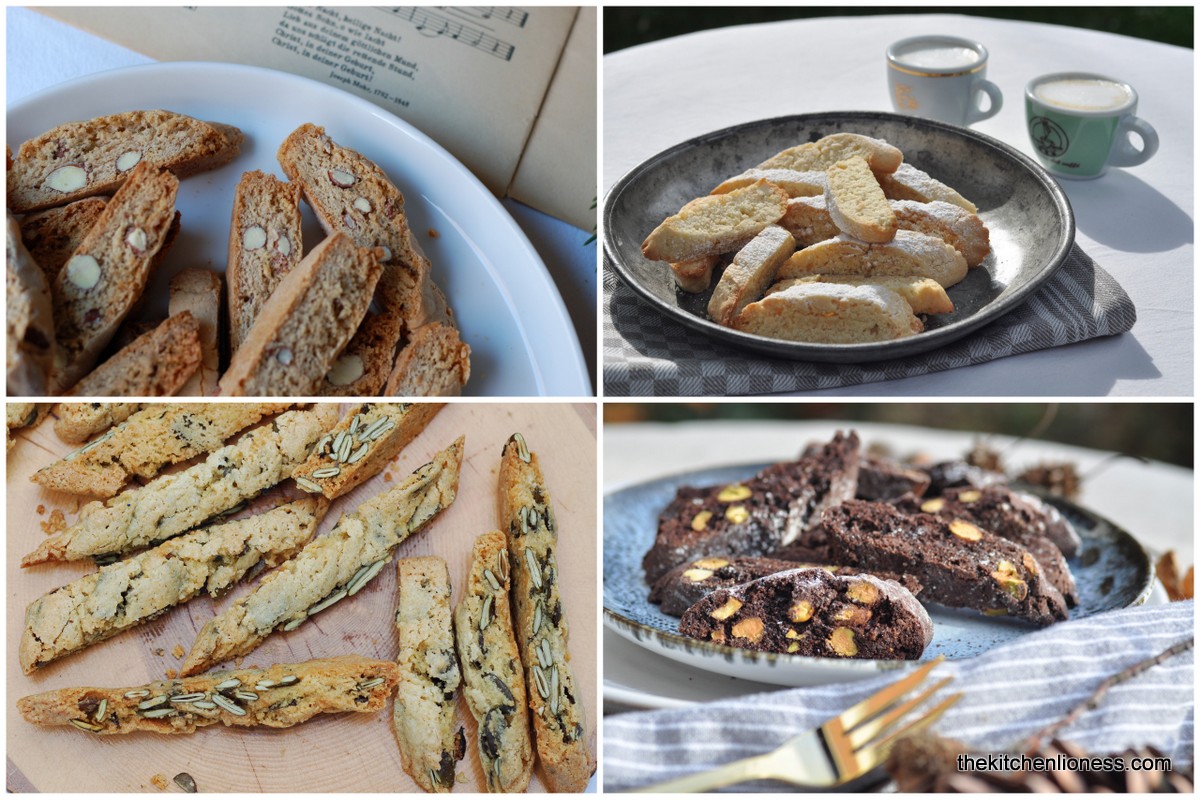Recently, I was gifted a copy of 'The Perfect Scoop' by David Lebovitz
– I had been wanting to buy that particular cookbook with recipes for ice creams, sorbets,
gelatos, and many other delightful dessert treats for a long time. One of our
daughters decided that this would make a formidable Easter gift and I was
delighted to finally get started with making some creamy desserts with my ice
cream machine that I received some time ago but had never gotten around to
using.
The first recipe that I decided to make from the book was Chocolate Sorbet (you can find the recipe for the sorbet on page 126 of the book) – easy choice since a vegan dessert was called for that day.
The recipe calls for just a few simple ingredients - water, sugar unsweetened Dutch-process cocoa powder (buy the best you can), salt, bittersweet chocolate (I chose a high quality vegan chocolate) and vanilla, that's all. The only other requirement is an ice cream machine. After cooling the chocolate mixture and leaving it to churn for a good 45 minutes in my ice cream machine, we had the most incredible tasting dark chocolate sorbet.
I decided that while the sorbet was churning in the ice cream machine, I could bake some vegan vanilla cookies to serve alongside. Good idea. The sorbet, with fresh raspberries and vanilla cookies are a fabulous combination – a rich and creamy, very chocolatey sorbet, tangy raspberries and buttery, crumbly cookies – what more could one look for in a springtime dessert.
For the vanilla cookie dough, you simply add white spelt flour (or plain/AP flour), superfine sugar, pure vanilla sugar and fine salt to a mixing bowl. Then you add in the vegan butter and rub it in with your fingers, simply form the dough into a ball, wrap and chill it, flatten it out on a flour dusted surface, cut out the cookies using your favorite cookies cutters and then bake until the cookies are light golden.
Vegan Vanilla Cutout Cookies
(a small batch recipe, which yielded just enough buttery cookies for one batch of sorbet - depending on the size of your cookie cutter, 16 butterflies or more)
Ingredients
- 150g white spelt flour (around here ‘Dinkelmehl Type 630’) OR use plain (AP) flour
- 50g superfine (caster) sugar ('feinster Zucker')
- 8g pure vanilla sugar ('Bourbon Vanille Zucker) OR use a high-quality vanilla extract
- ½ tsp fine salt
- 100g vegan ‘butter’ (OR use margarine)
- grated zest of ½ organic orange OR 1 organic lemon
Preparation
- Sift the flour and add it to a mixing bowl. Then add the sugar, vanilla sugar, salt and mix together.
- Then add the vegan butter and zest, rubbing it in with your fingers. It will be crumbly at first and then gradually come together, make sure to mix all ingredients well until you have a homogenous dough.
- Wrap the dough well and place in the fridge for at least 30 minutes (OR longer).
- Pre-heat your oven to 180° C (356°F) and line two baking sheets with backing parchment or silpat mats.
- On a very lightly floured work surface, roll out your dough and using cookies cutters, cut out your favorite fun shapes.
- Place the unbaked cookies on your parchment lined baking sheets and bake for 8 to 10 minutes (depending on size).
- Remove from the oven and allow them to cool on the baking sheets (the cookies are crumbly and delicate while warm) for around 10 minutes before serving straight away (any leftover cookies will keep well for a day or two).
There are many more treats to be discovered in the book – to be featured in the coming months.














































